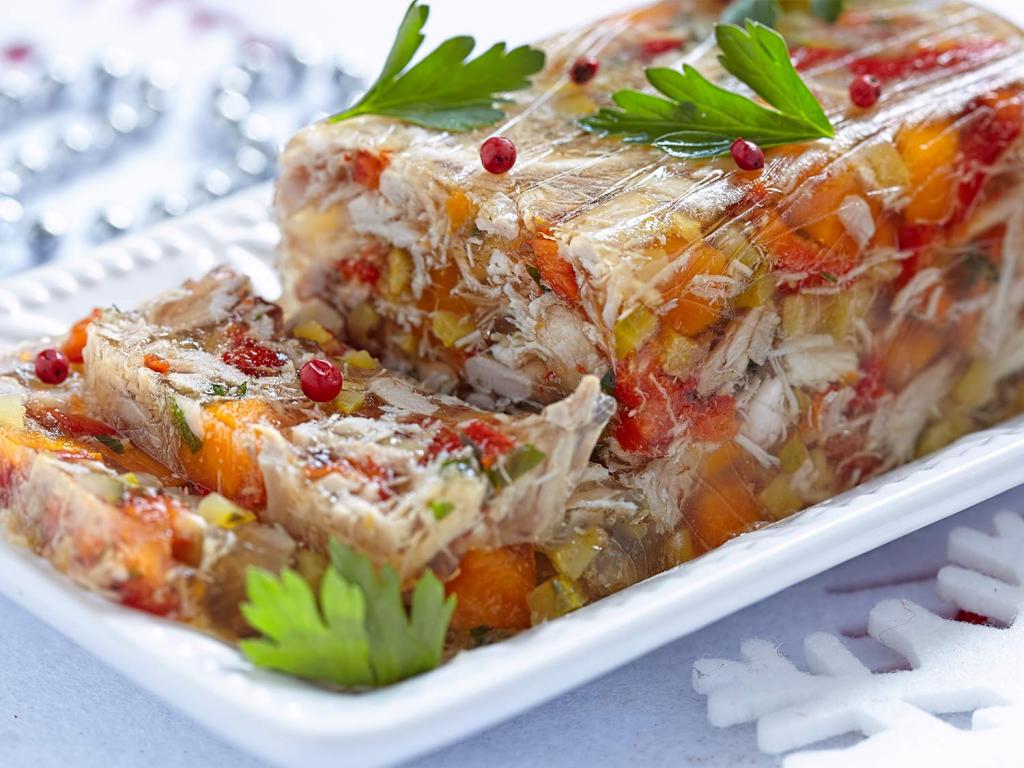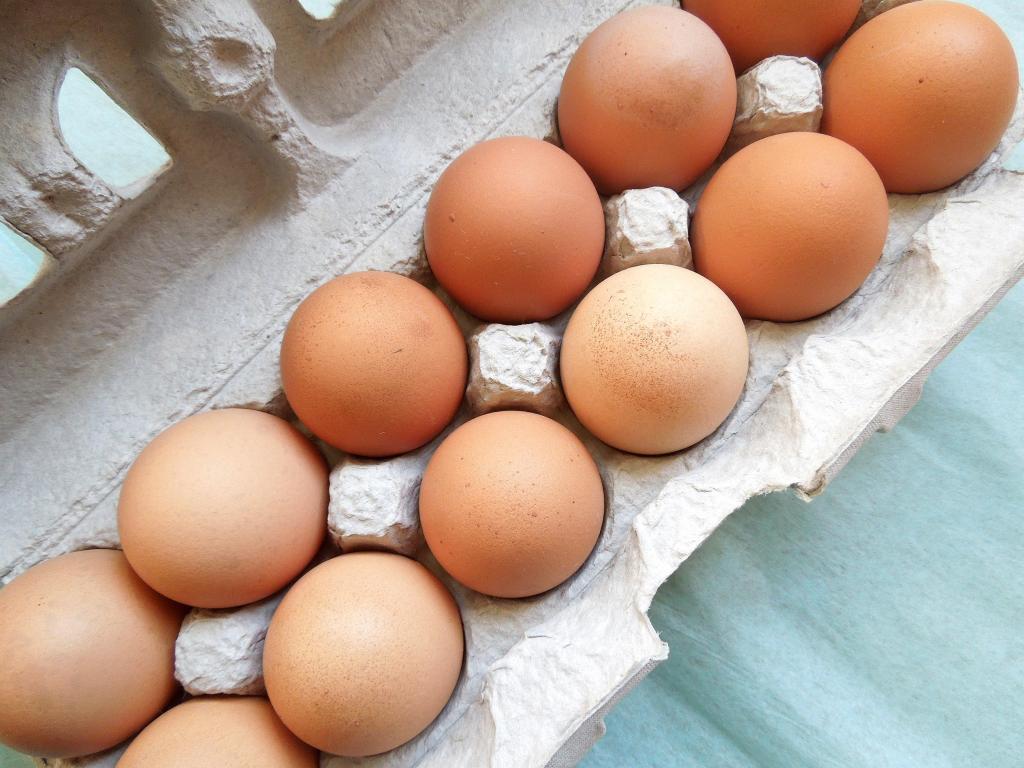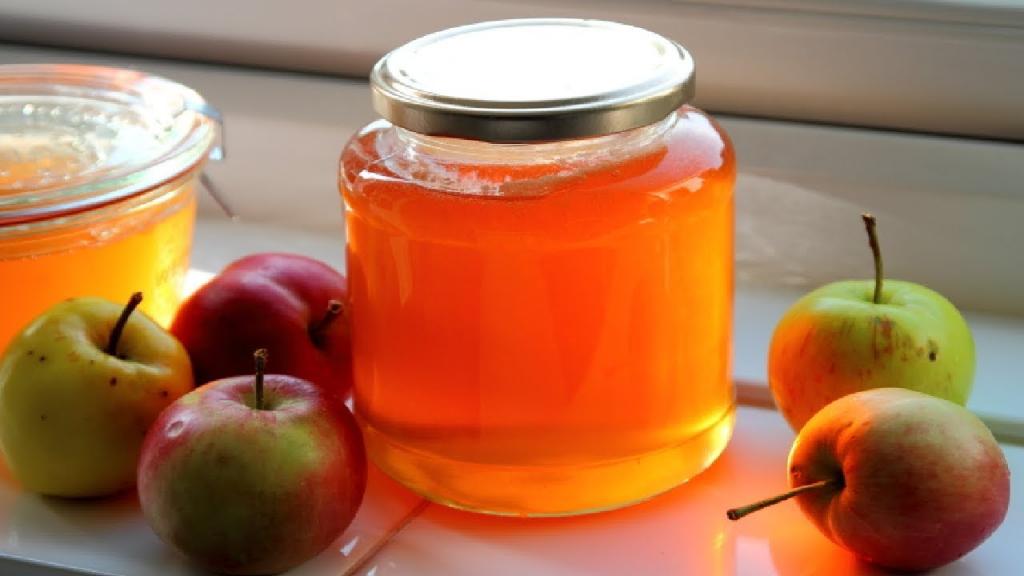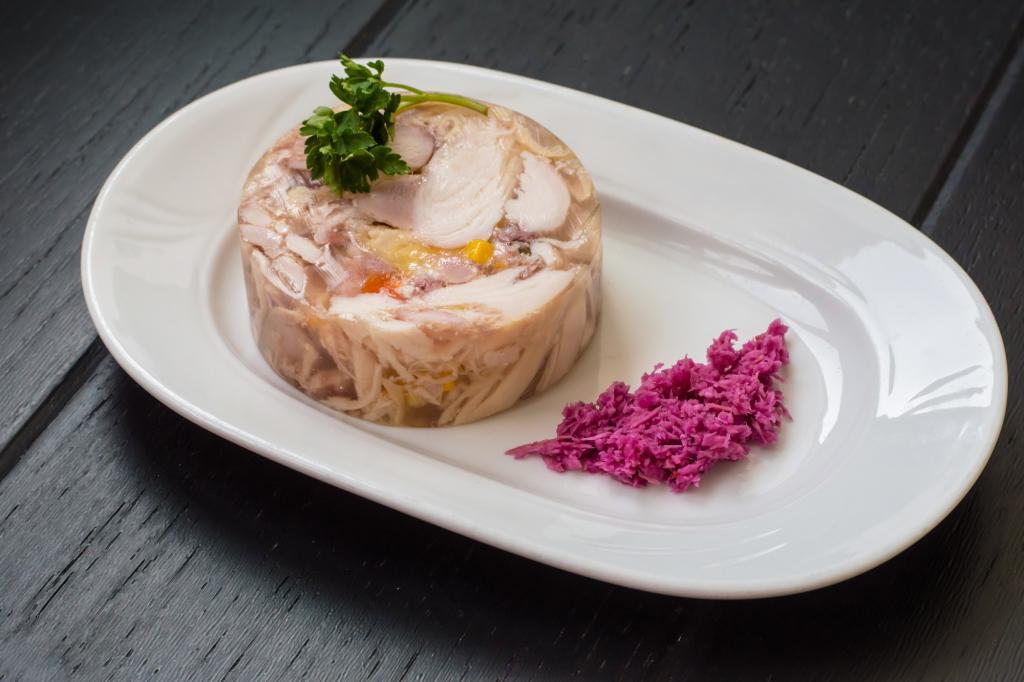Pain in the neck, knees, shoulders is sometimes crazy. Almost everything is supplemented with medication prescribed by a doctor with traditional medicine, but the importance of proper nutrition for joints and cartilage is often forgotten. What are nutritionists advised to pay attention to?
Collagen

This particular protein is abundant in cartilage, ligaments, and skin. In the articular cartilage, collagen fibers create a certain network. It is inherently protective similar to the cartilage frame, endowing it with strength and elasticity. Collagen networks allow you to compensate for physical activity during movement. It is probably logical that with collagen deficiency the cartilage becomes fragile.
Collagen is produced independently in the body. But with arthrosis, it may not be enough, therefore, it is better to include products in which there is a large amount of this protein in your menu.
What to introduce into the diet?
People who suffer from arthrosis should often eat jellied meat with gelatin, because this dish has a lot of useful collagen. But it also contains a lot of cholesterol. Therefore, they should not help themselves more than once a week. On other days, jellied meat with gelatin is best replaced with aspic from fish. Or even sweet fruit jelly. Such dishes will be useful because they contain gelatin, which by its nature is considered collagen, only slightly modified.
Sulfur and Selenium

Such substances are found in virtually all cells of our body, to a greater extent in cartilage and skin integument. They take part in the production of collagen. If sulfur is absent, it is not synthesized in the body. Also, proteoglycans, other molecules that make up cartilage, would not be produced. In their shape they resemble a brush for washing dishes, between the "bristles" of which there is water. The more water, the greater the moisture content of the cartilage, due to which it will be able to withstand high loads.
With arthrosis, the amount of proteoglycans in the cartilage decreases, it acquires increased fragility. If, due to this, a lack of sulfur appears in the body, the painful process accelerates. Therefore, its shortage must certainly be replenished. At the same time, it is crucial that foods for joints and cartilage contain foods rich in not only sulfur but also selenium. It is very important! Without this trace element, sulfur cannot serve as a building material for cartilage.
What to put on the table?

Sulfur is found in large quantities in beef, chicken, cod, sea bass. A lot of this element is found in chicken eggs, legumes, various cereals, radishes, onions, radishes, different types of cabbage, apples, plums, gooseberries.
With selenium, things are a little more complicated. Foods for joints and cartilage should include foods rich in selenium: Brazil nuts, mussels, shrimps, coconut. But it is not necessary to choose delicacies. A large amount of selenium can be obtained from chicken eggs, cow's milk, cod, garlic, whole grain baked goods. In addition, they single out the most important source of selenium, whose price is affordable, is seaweed.
Unsaturated Omega-3 Fatty Acids
In fact, against the background of the destruction of cartilage, inflammation often appears. With arthrosis, it is not as pronounced as with arthritis. To reduce the likelihood of inflammation and even reduce them altogether, there should be a lot of omega-3 fatty acids in the diet for joints and cartilage. They activate tissue repair processes and reduce inflammation.
What foods contain omega-3s?
Nutritionists are allowed to eat fatty fish: herring, salmon, sardines, mackerel. They are quite high in calories, therefore it is better not to add oil to them when frying them in a pan. A great option would be cooking steamed or in the oven. Salad dressings using linseed oil will be useful - it also contains a lot of omega-3 acids. It will be enough to use 1-2 teaspoons per day.
What else should the joints “eat”

To restore the elasticity of the cartilage and joints, you need to remove from the food that food that negatively affects health. Cartilage elasticity is significantly more expensive than cakes with sweet cream or smoked meat. Fried foods should not be in the diet of a person who has decided to lead a healthy and active lifestyle. They need to be replaced with baked, boiled and stewed food. And instead of carbonated drinks and sweets, you need to get used to drinking:
- fruit jelly;
- natural marmalades;
- compotes, fruit drinks and jelly.
In addition, fishhead ears and other rich broths are needed. They are rich in mucopolysaccharides, which are able to ensure the normal functioning of the joint, since they are similar to intraarticular fluid. Nutritionists also include hyaluronic acid as mucopolysaccharides. This compound has the ability to retain free fluid and improve the elasticity of connective tissues.
Pay attention to cottage cheese and hard cheese. Milk is rich in organic calcium, which, in comparison with inorganic calcium, is not deposited in the form of stones, but is used to strengthen bone tissue and maintain a normal electrolytic balance in the body. Remember that it is not recommended to combine dairy products with products that contain oxalic acid, which is found in sorrel and spinach in large quantities.
Friends of joints

The main trace element that is prescribed for all destructive diseases of the musculoskeletal system is calcium, which is often not enough for osteochondrosis and arthritis. However, phosphorus, magnesium, manganese, zinc, as well as special substances - chondroprotectors - are also needed for healthy joints.
Calcium in food, a table and a description of which we give below in the article, can be contained not only in milk. Where else is it also abundant?
Products | Calcium, mg / 100 g |
Poppy | 1460 |
Almond | 252 |
Chives | one hundred |
Peas | 89 |
Green Canned Olives | 96 |
Soy milk | 80 |
Atlantic sardines | 380 |
Basil | 370 |
White beans | 194 |
Sesame | 780 |
Apple Jelly Recipe

Almost all year round, these fruits are not only eaten, but also canned, made pies with them. Have you already tried apple jelly? A delicious dessert, which is prepared at home, is a useful sweet for the restoration of joints and cartilage.
The following ingredients will be needed:
- Apples - 250 g.
- Purified water - 1.5 cups.
- Sugar and cinnamon to taste.
- Gelatin - 7.5 g.
Cooking sequence:
- Rinse the fruit well, cut the stalks, seeds and cut them into quarters.
- Pour apples into the pan with water, add granulated sugar. Bring the syrup to a boil and simmer until the fruit is soft. Then chop the apples through a fine sieve.
- In a separate container, dissolve gelatin in warm water. Warm up, but do not boil! Then dissolved gelatin for joints and cartilage. Next, mix it with applesauce.
- Pour the mass into molds and keep the jelly in the refrigerator until it solidifies.
Chicken Jelly Recipe

To prepare the dish you will need the following products:
- chicken - about 2 kg;
- medium onion;
- carrot;
- 3 cloves of garlic;
- salt and peas of black pepper;
- Bay leaf.
Remove the peel from the chicken and wash the carcass well. Fill the chicken with water in a pan so that it covers the meat by about 5 cm. Bring the water to a boil and remove the foam that has appeared. Boil the chicken for 4 hours over low heat.
Next, add onions, carrots and garlic and boil the broth for an additional 30 minutes. Throw salt, pepper and bay leaf into the pan. Leave the jelly mass for another 30 minutes on fire. Get out the chicken and vegetables. Strain the broth well and cool it. Separate the chicken meat from the bones. Grind it, and then put it in the form on top of the carrots (optional) and fill with the cooled broth. Put the jellied meat in the refrigerator.
A whole list of food products that positively affect the structural and functional state of joints and cartilage is not limited to those products that were considered in our article. In fact, there are many more. Your diet should be balanced to restore joints and cartilage.